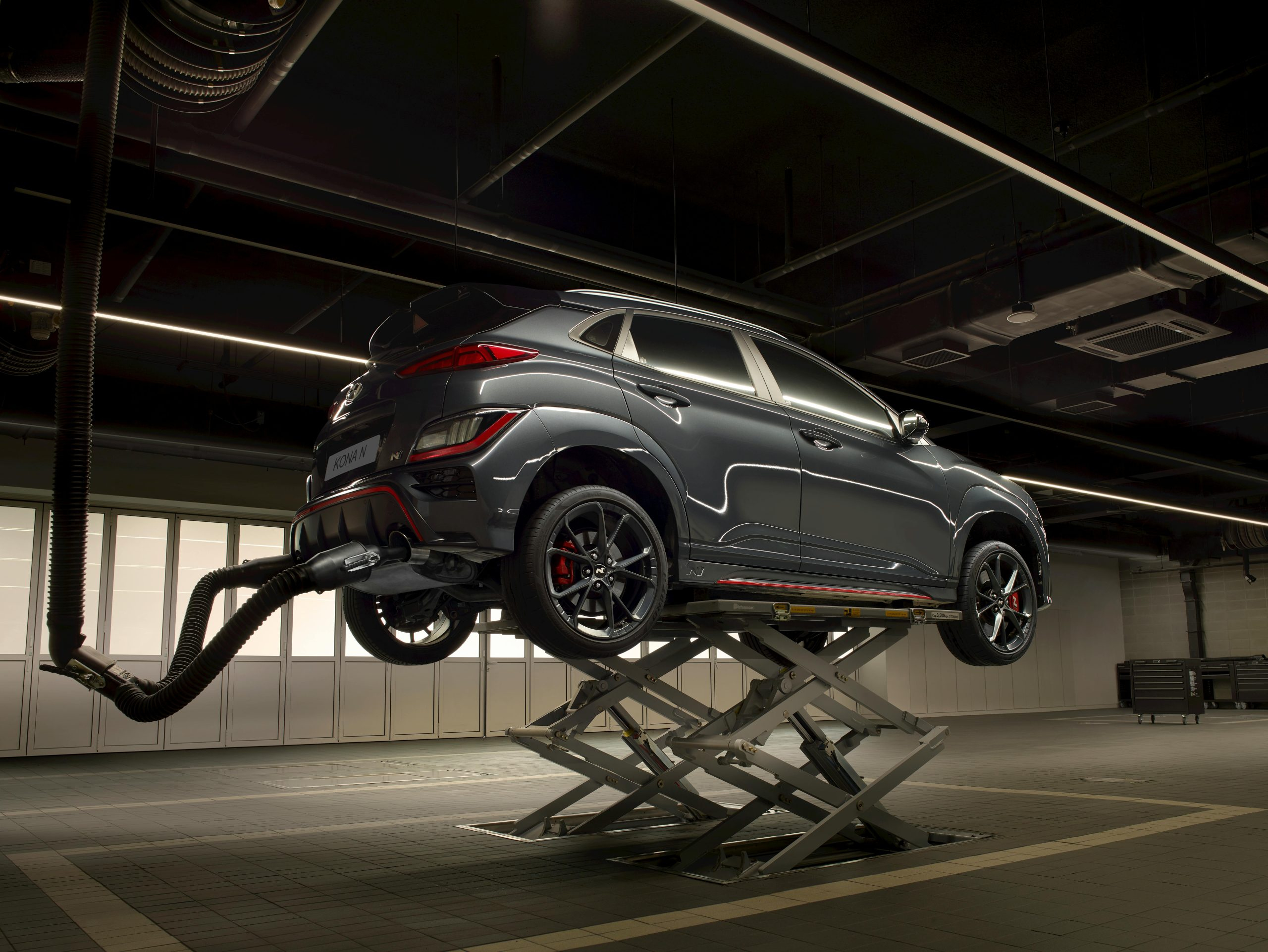Aerodynamic Breakthroughs in Modern Vehicle Engineering
When it comes to modern vehicle engineering, one of the most important factors to consider is aerodynamics. The way a vehicle moves through the air can greatly impact its performance, fuel efficiency, and overall design. In recent years, there have been several breakthroughs in the field of aerodynamics, leading to more efficient and sleek vehicle designs. In this article, we will explore some of the most innovative aerodynamic advancements in modern vehicle engineering.
The Basics of Aerodynamics
Before we dive into the recent breakthroughs, let’s first understand the basics of aerodynamics and why it is important in vehicle engineering. Aerodynamics is the study of how objects interact with air as they move through it. In simple terms, it is the science of air flow and the forces that act on objects as they move through the air. When it comes to vehicles, aerodynamics plays a crucial role in determining their performance and efficiency.
Reducing Drag
The main goal of aerodynamic design in vehicles is to reduce drag. Drag is the force that acts against a moving object, making it harder to move. In the case of a vehicle, drag is caused by air resistance, which can significantly impact its speed and fuel efficiency. By reducing drag, modern vehicle engineers can make their designs more energy-efficient and improve overall performance.
The Importance of Streamlining
In order to reduce drag, vehicles need to be streamlined. This means minimizing the resistance caused by any protruding features such as side mirrors, door handles, and grilles. Streamlining is achieved through careful design of the vehicle’s body shape, using curves and slopes to deflect air smoothly around the vehicle rather than creating turbulence and drag.
Innovative Aerodynamic Breakthroughs
Now, let’s take a look at some of the most significant aerodynamic breakthroughs in modern vehicle engineering:
Active Aerodynamics
One of the most exciting developments in recent years is the use of active aerodynamics in vehicles. This involves using adjustable components such as flaps, spoilers, and air dams that can be controlled on demand to optimize the vehicle’s aerodynamics. This technology is especially useful for high-performance vehicles as it allows them to switch between aerodynamic modes for maximum speed or cornering performance.
Air Curtains and Air Flaps
Another notable breakthrough is the use of air curtains and air flaps. Air curtains are tiny jets of air that are used to reduce the drag around the vehicle’s wheels, allowing the air to flow smoothly and efficiently. Air flaps, on the other hand, are used to control and redirect the airflow around the vehicle, improving its stability and handling.
Improved Materials
In recent years, there have been advancements in material technology that have greatly impacted aerodynamic design. Lightweight yet strong materials such as carbon fiber and aluminum alloys are now widely used in vehicle construction to reduce weight and improve aerodynamics. This not only improves fuel efficiency but also enhances the vehicle’s handling and performance.
Virtual Testing and Simulation
With the advancements in computer technology, engineers are now able to simulate and test vehicle designs virtually before producing physical prototypes. This has significantly reduced the time and cost involved in traditional wind tunnel testing, allowing for more iterations and refinements in a shorter time span. This has led to more efficient and aerodynamic vehicle designs.
Conclusion
Aerodynamics continues to play a crucial role in modern vehicle engineering, with new breakthroughs and innovations constantly pushing the boundaries of what is possible. From active aerodynamics to improved materials and virtual testing, these advancements have greatly improved the performance, efficiency, and design of vehicles. As technology continues to advance, we can expect to see even more exciting developments in the field of aerodynamics in the years to come.











